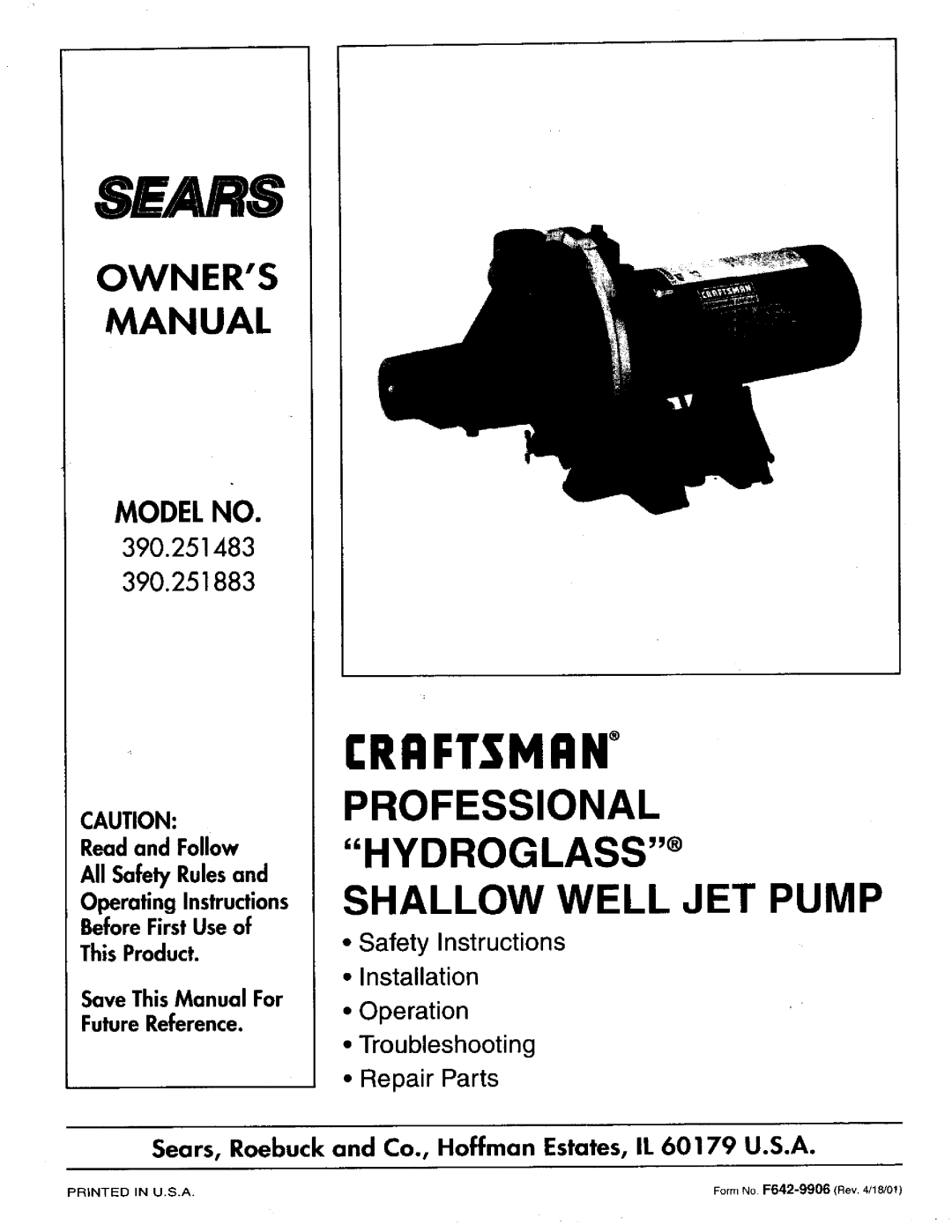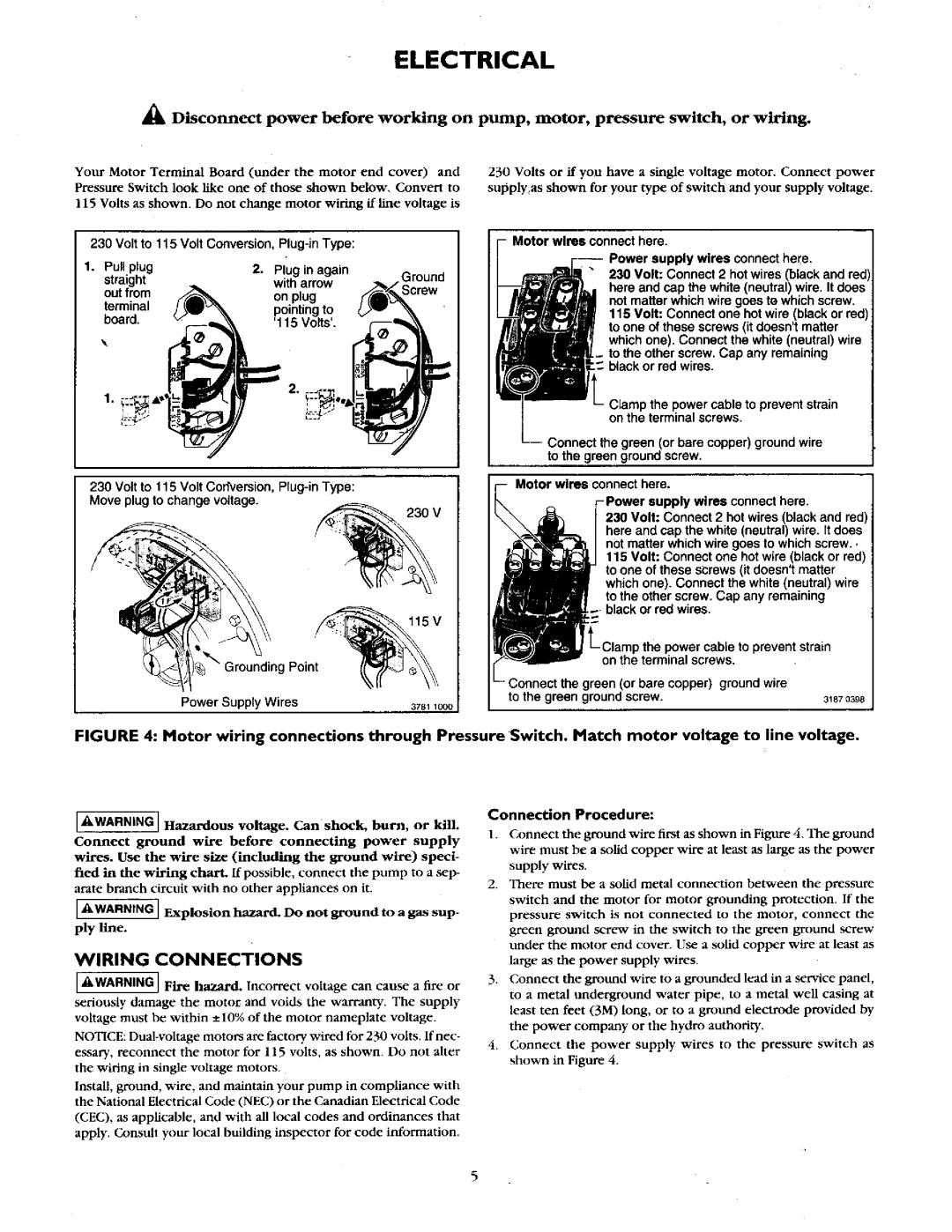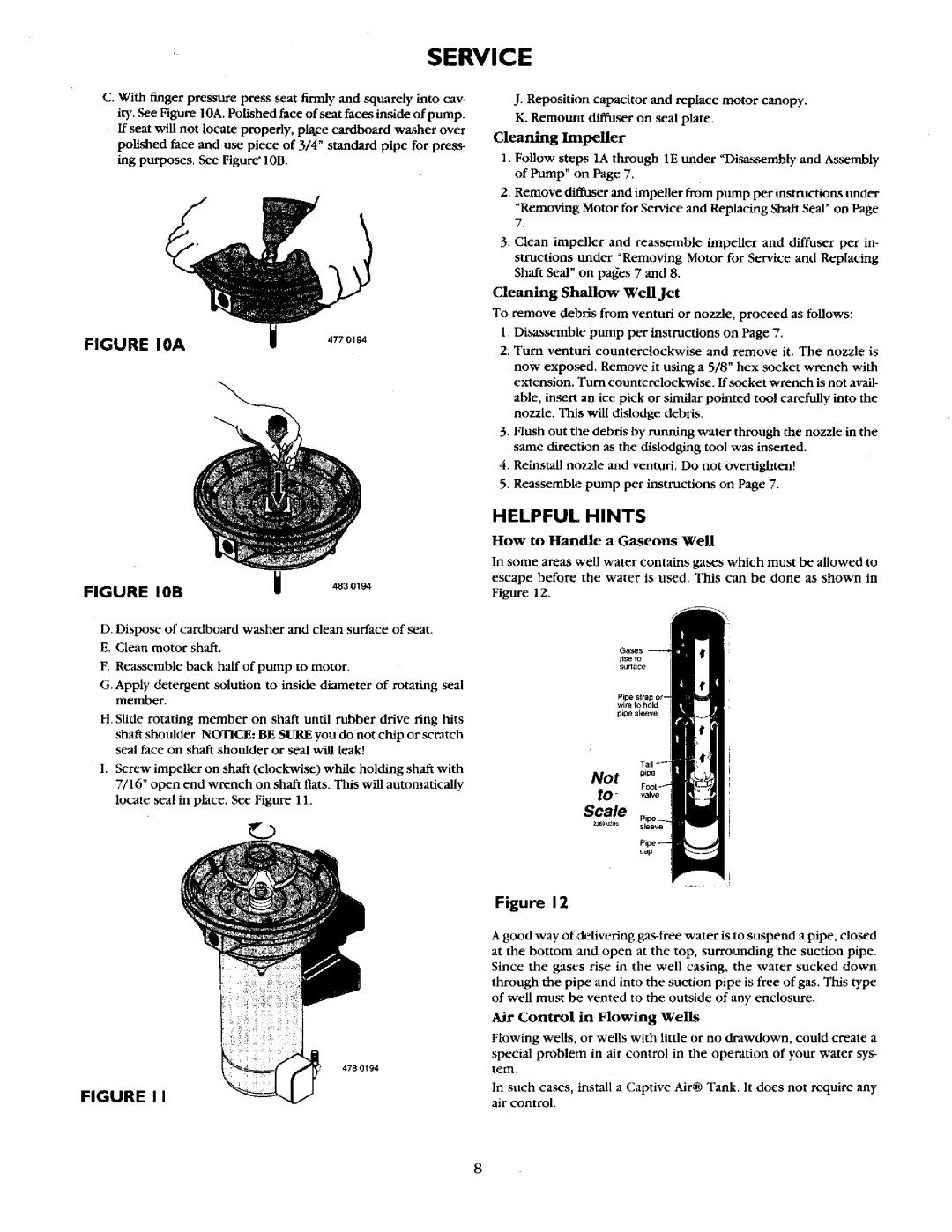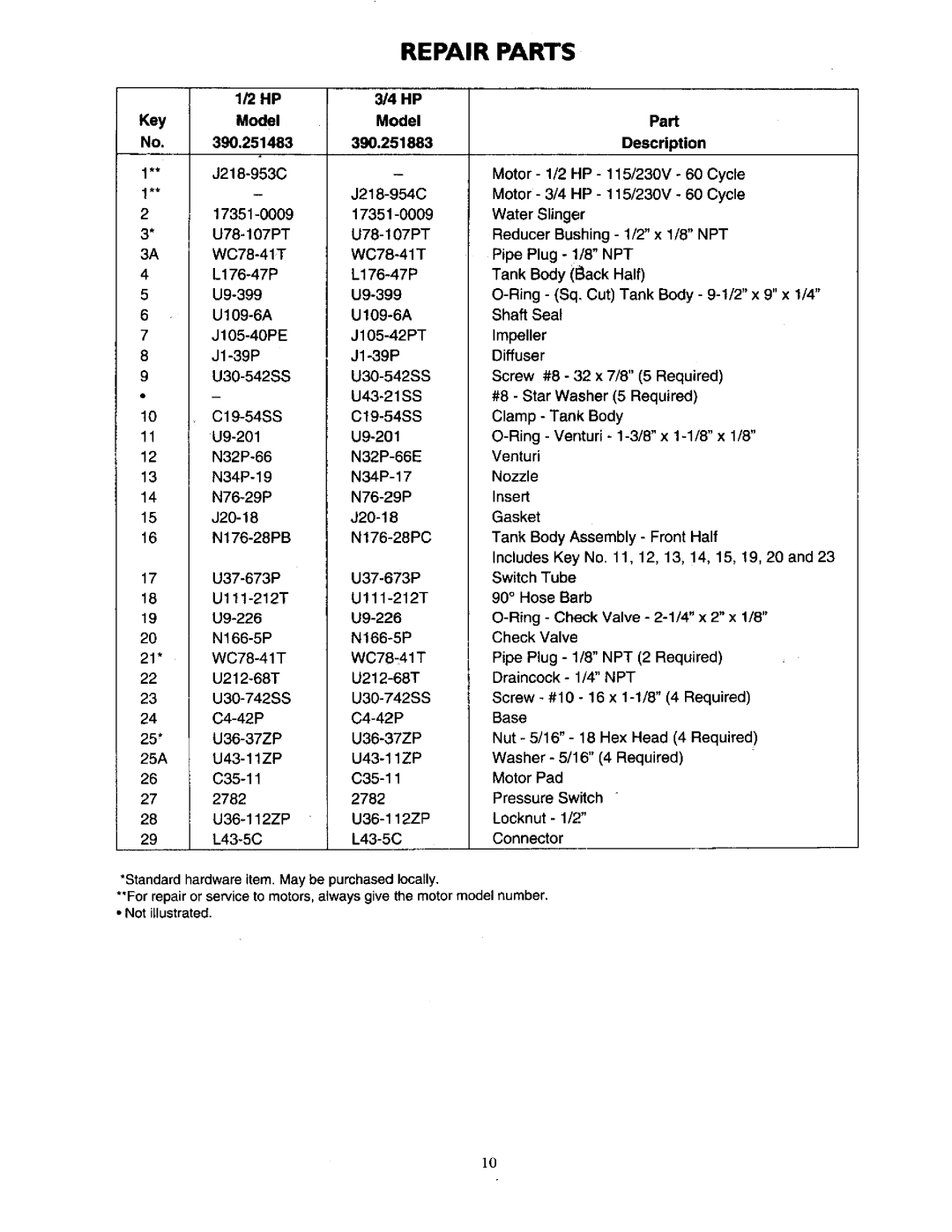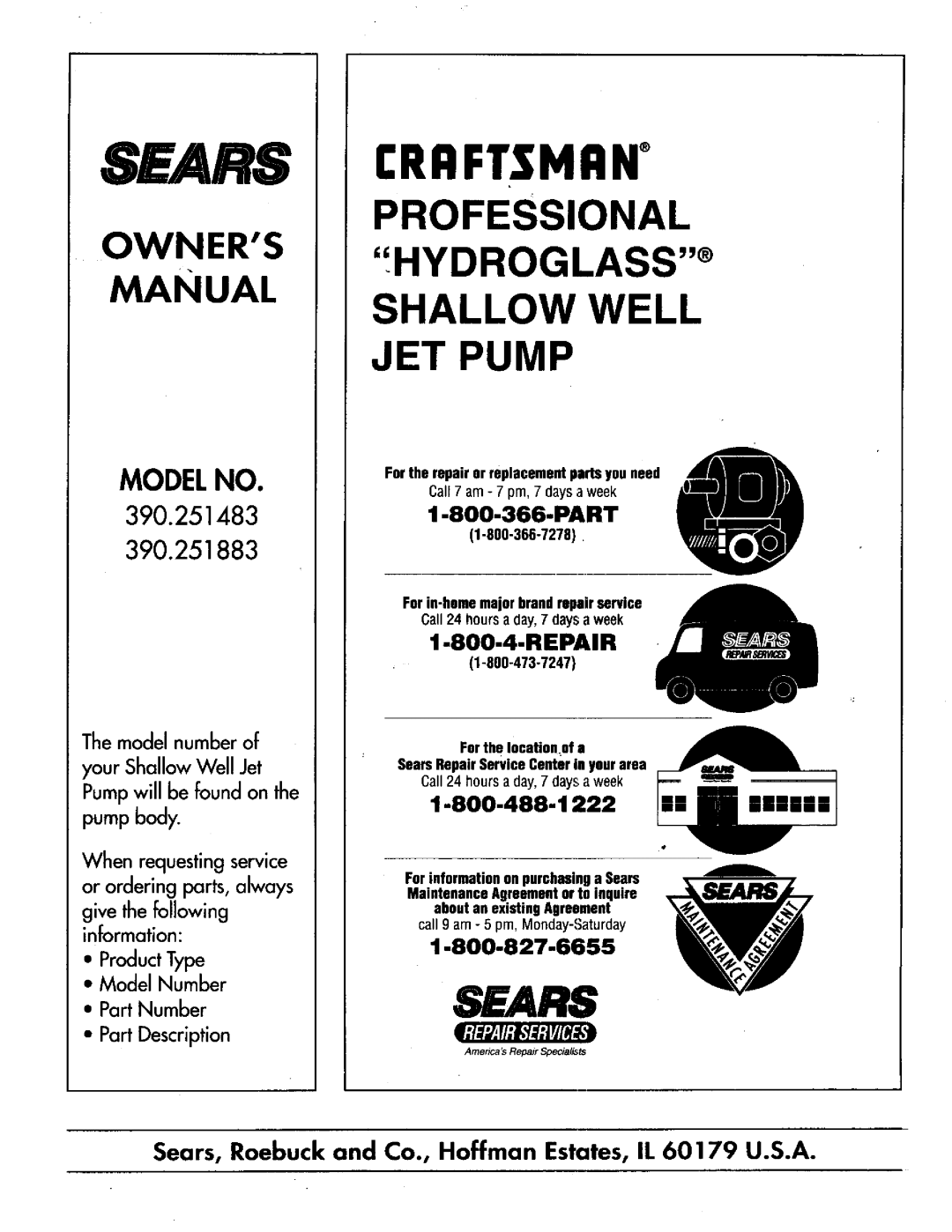390.251883, 390.251483 specifications
The Craftsman 390.251883 and 390.251483 are two innovative and reliable devices in the Craftsman lineup, known for their durability and high-performance capabilities. These models are designed to cater to a wide range of consumers, from DIY enthusiasts to professional tradespeople, ensuring that they can handle various tasks efficiently.One of the main features of both models is their powerful engines, which deliver superior performance and reliability. The engines are built with high-quality materials that provide longevity and durability, making them suitable for heavy-duty use. Additionally, the ergonomic design of the tools ensures that they are easy to handle, reducing user fatigue during extended usage. The intuitive controls are easily accessible and facilitate smooth operation, enhancing the overall user experience.
A standout characteristic of the Craftsman 390.251883 and 390.251483 is their innovative technology, which includes advanced safety features that protect users while maintaining high performance. These safety mechanisms are essential, especially for novices who may not be familiar with operating such equipment. Craftsman focuses heavily on user safety, making these models suitable for both seasoned professionals and beginners alike.
The design of these models is also noteworthy, with a compact and sleek appearance that allows for easy storage and transportation. Despite their robust builds, they do not compromise on portability, making them an excellent choice for those who need to move from one job site to another. This focus on convenience is further enhanced by their quick-start features and easy maintenance requirements.
In terms of versatility, both models excel in performing various tasks, whether it’s heavy-duty cutting, trimming, or other applications. The engineering behind these tools accommodates interchangeable attachments, enabling users to expand their capabilities depending on their specific needs.
Overall, the Craftsman 390.251883 and 390.251483 stand out as excellent choices in the power tools market, driven by their strong performance, safety features, and user-friendly design. These tools exemplify Craftsman's commitment to quality and innovation, solidifying their reputation as a trusted brand for power tools across various sectors.
